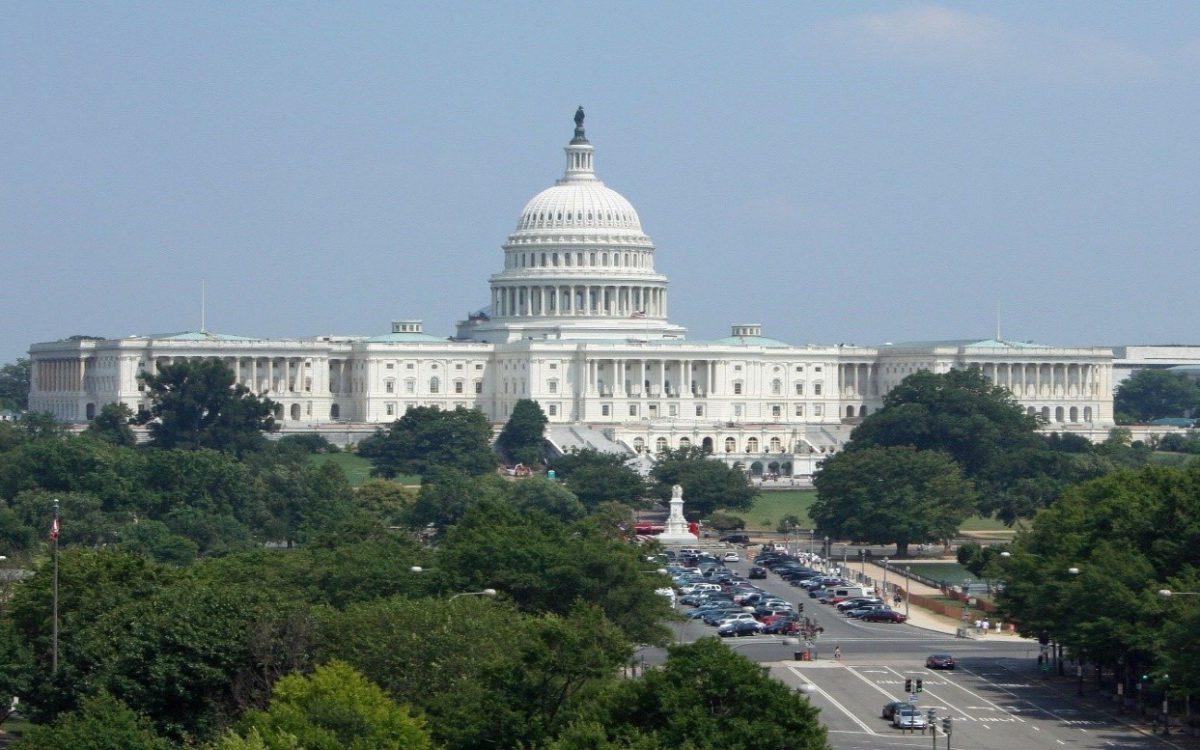The Consolidated Appropriation Act of 2021, passed on December 27, 2020, is a $2.3 trillion spending bill that combines $900 billion for Covid-19 relief and $1.4 Trillion in omnibus spending for 2021 – making it one of the largest spending bills Congress has ever passed. No doubt, the headline of the law was the Covid relief payments to Americans. However, buried within the law’s massive 5,593 pages were some interesting employee benefit changes, a few of which are highlighted below.
Health Insurance Plans
- The new law included the long-debated “No Surprises Act,” which protects medical plan participants from balance billing by out-of-network providers for certain emergency services, including air ambulance charges, and provides protection for non-emergency care at an in-network provider when services are performed by an out-of-network physician or laboratory without the patient’s consent. These changes apply to new or renewal contracts for plan years beginning on or after January 1, 2022.
- Beginning January 2022, group health plans must list on the ID cards the in-network and out-of-network deductibles and out-of-pocket maximums, provide a price comparison tool for plan participants, and maintain an up-to-date directory of in-network health care providers.
- Effective now, the law prevents “gag clauses” that restrict the plan sponsor or covered participant from accessing cost, quality of care, or claims-related information.
Fringe Benefit Changes
- The law adds more flexibility for employers to make it easier for employees to use and not lose funds in their Flexible Spending Accounts (FSA’s).
- The law permits employers to allow mid-year election changes for FSA’s without regard to whether the requesting employee incurred a change in status for plan years ending in 2021.
- Employers may, but are not required, to permit FSA participants to carryover an unlimited amount of unused funds from the 2020 and 2021 plan years that they can use for reimbursement in the next plan year. The carryovers are disallowed after the 2022 plan year.
- FSA participant employees who terminate mid-year in 2020 or 2021 may continue participation and incur claims for reimbursement from unused benefits or contributions through the end of the plan year in which participation ceases.
- Regarding dependent care FSA’s, the law increases the maximum age (from age 13 to 14) for dependent care beneficiaries who aged out during the pandemic. This relief applies to reimbursements for amounts contributed during plan years with an enrollment period ending on or before January 31, 2020.
Retirement Benefit Changes
- The law clarifies that a retirement plan will not be treated as having a partial termination if the number of plan participants as of March 31, 2021 is at least 80% of the active participants as of March 31, 2020. This change recognizes that many employers experienced temporary layoffs due to the pandemic and Congress did not want those layoffs to inadvertently trigger a partial plan termination.
- The CARES Act permitted qualified defined contribution plans to allow special in-service distributions designed to assist individuals who are affected by the COVID-19 pandemic. The new law extends this potential relief to also include money purchase pension plans.
